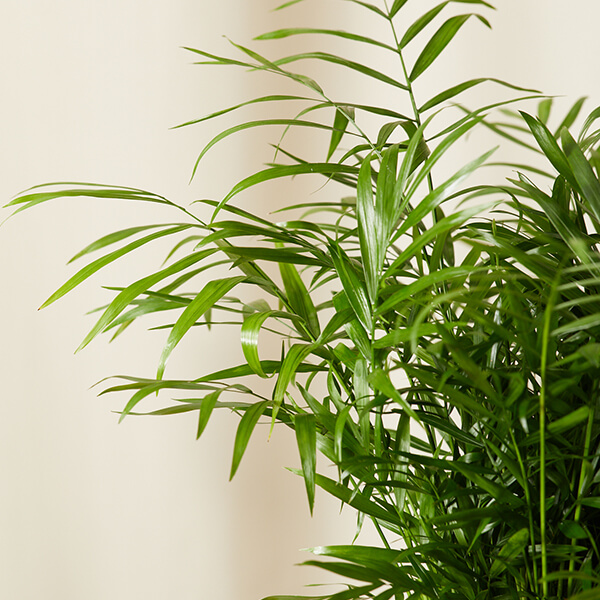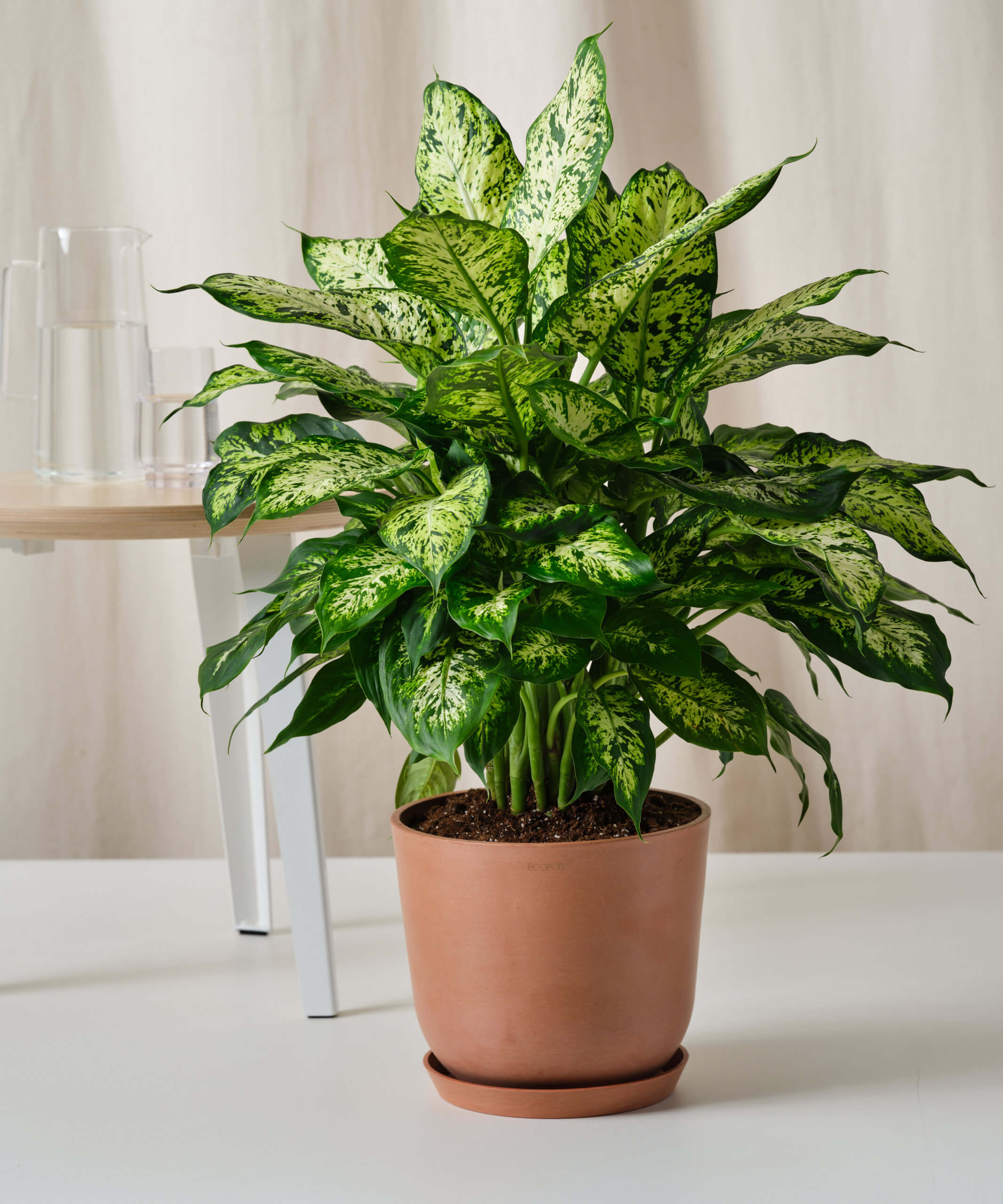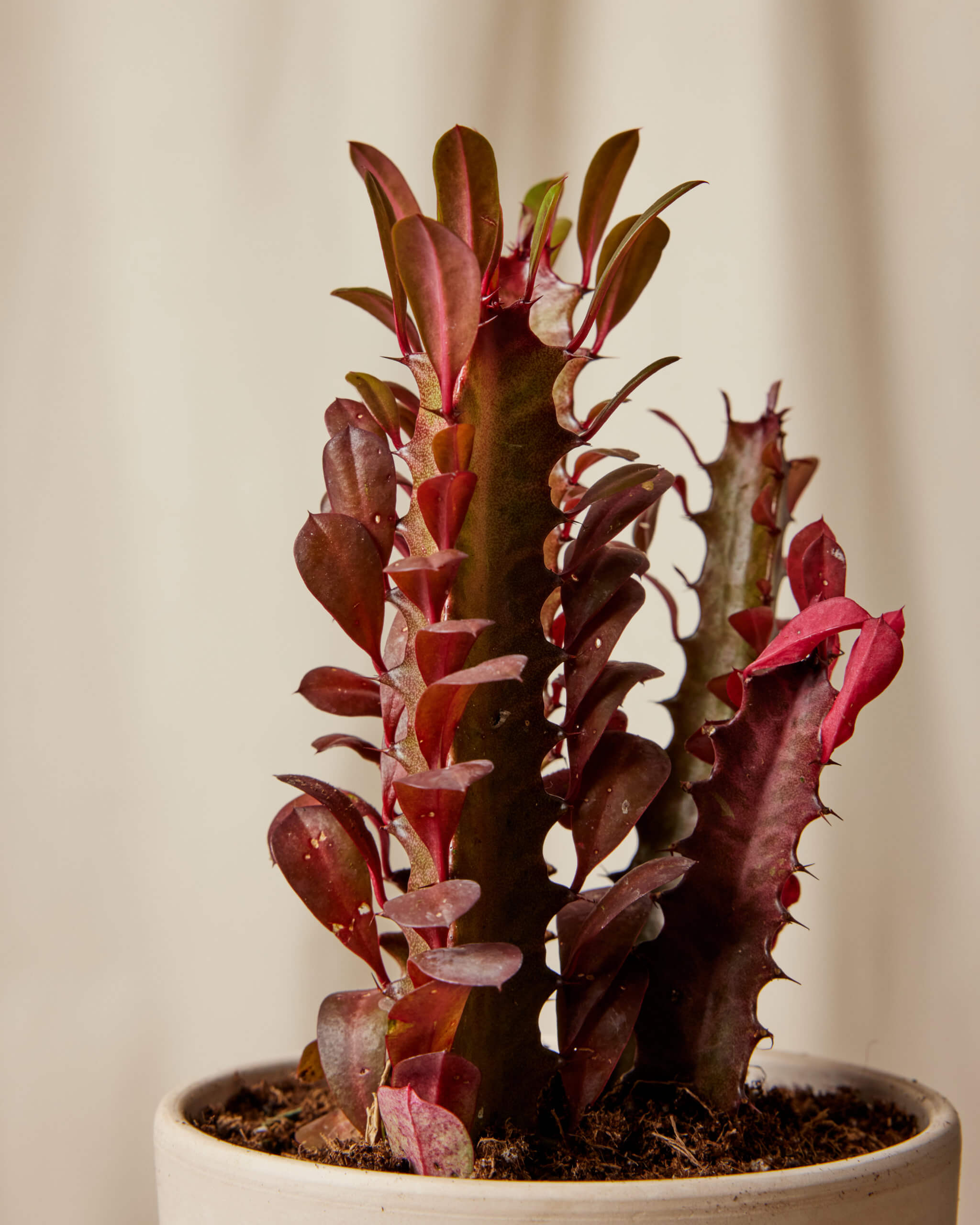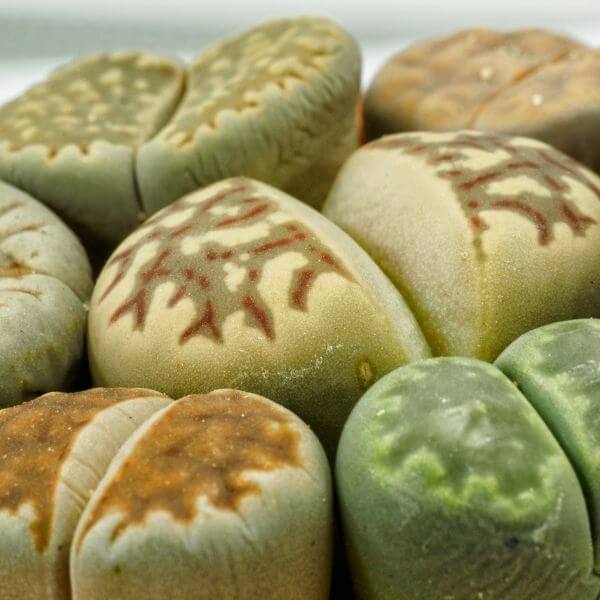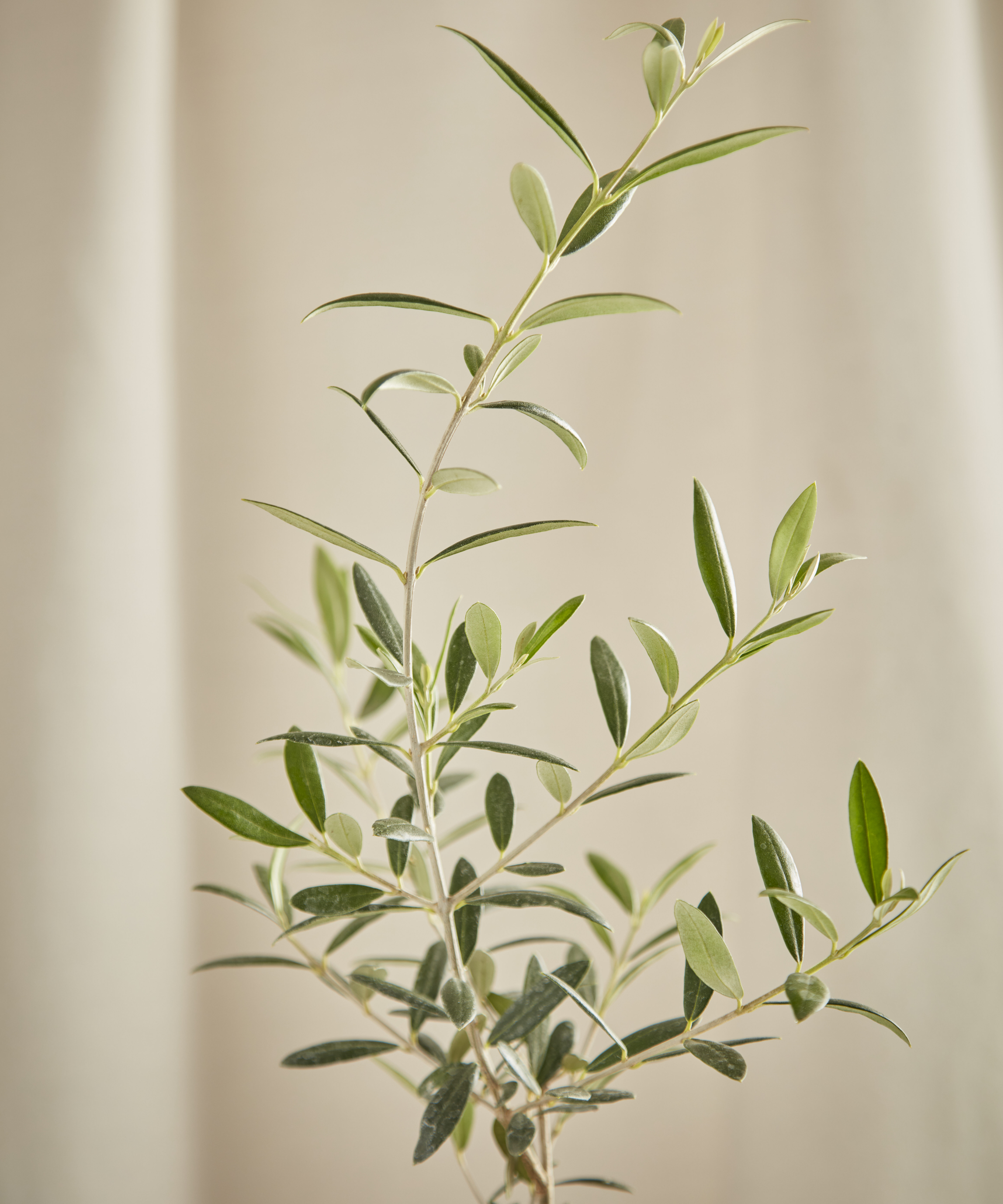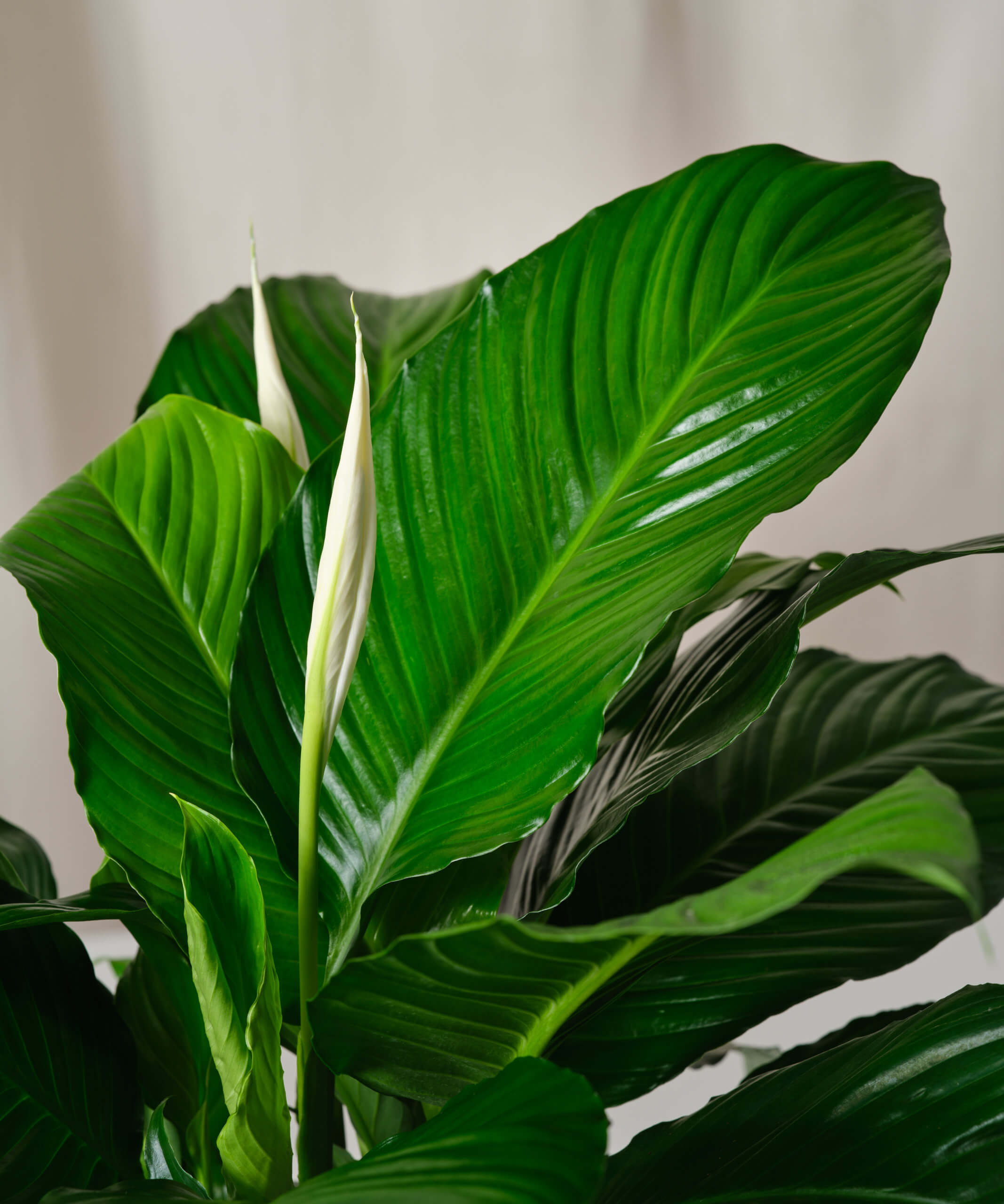Search
119 results found with an empty search
- Palm | Plantastic
< Back Palm Light: Your Palm prefers bright indirect light but can adapt to medium to low light areas. Water: Water your Palm when the top 50% of the soil is dry. Water until liquid flows through the drainage hole at the bottom of the pot and discard any water that has accumulated in the saucer. Pet-Safe: Completely non-toxic to humans and pets. Previous Next
- Dieffenbachia | Plantastic
< Back Dieffenbachia Light: Your Dieffenbachia will do best in bright, indirect light. It can also tolerate lower light environments, though growth will slow. Avoid direct sunlight which can burn the leaves. Water: Water your Dieffenbachia when the soil volume is 50-75% dry. Water thoroughly until it drips out the bottom of the pot, and remove excess water that accumulates in the saucer. Pet-Safe: Dieffenbachia are considered to be toxic to pets and humans if ingested. Previous Next
- Euphorbia | Plantastic
< Back Euphorbia Light: Your euphorbia needs bright direct light. This means a spot that gets 6 plus hours of direct sun per day. Water: Water your euphorbia when the soil volume is 100% dry. Water thoroughly until it flows out of the drainage hole. Discard excess water to discourage root rot. Pet-Safe: The euphorbias are toxic to humans and pets. Previous Next
- Lithops | Plantastic
< Back Lithops Light: Lithops need a lot of sunlight to thrive. They need 6 hours or more of direct sunlight every day. Place the living stones in a south-facing window and they will be happy. Water: Let 100% of the soil volume dry before watering during the spring and summer. These plants thrive in a dry environment. In the fall and winter, these plants typically go dormant and need little to no water. Water only if the lithops have begun to shrivel up. Pet-Safe: Living stones are non-toxic and safe to have around children and pets. Previous Next
- Olive Tree | Plantastic
< Back Olive Tree Light: Your olive tree prefers direct sunlight. Place your plant in a full sun location that receives 6+ hours of direct sunlight per day. Water: Water when 25% of the soil volume is dry. Water until liquid flows through the drainage hole at the bottom of the pot. Do not use a saucer outdoors or allow the plant to sit in standing water. Pet-Safe: Your olive tree is considered nontoxic and pet-friendly. Previous Next
- Cast Iron Plant | Plantastic
< Back Cast Iron Plant Light: Your cast iron plant can grow in low and artificial light, but will perform best in bright to medium-bright indirect light. It can tolerate a few hours of direct morning sun, but avoid areas in which it will be exposed to harsh afternoon sun. Water: Water your cast iron plant when the top 50-75% of soil is dry. Water thoroughly, and be sure to empty the saucer of any excess water to prevent root rot. Pet-Safe: Cast iron plants are not toxic to humans and pets. Previous Next
- Cactus | Plantastic
< Back Cactus Light: Your Cactus needs bright direct light. This means a spot that gets 6 or more hours of direct sun per day, like an unobstructed southern or western window. Water: Water your cactus when the soil volume is 100% dry. Water thoroughly until it flows out of the drainage hole. Discard excess water to discourage root rot. Pet-Safe: This is considered pet friendly, but watch out for spikes! Previous Next
- Peace Lily | Plantastic
< Back Peace Lily Light: Your peace lily will do best in bright indirect light and can adapt to lower light. Too much bright light will burn the foliage. Too little light and the plant will not produce flowers and foliage growth will slow. Water: Water when 50% of the soil volume is dry. If the plant gets too dry it will dramatically wilt, but a good watering should perk it back up. Water thoroughly until you see it flow out of the drainage and discard excess water in the saucer. Pet-Safe: Peace Lily is considered to be toxic to animals and humans if ingested. Previous Next
- Sansevieria | Plantastic
< Back Sansevieria Light: Your Snake Plant can tolerate any light level. The brighter the light, the faster it will grow. Always acclimate the plant over a few weeks if moving from indirect to direct light to avoid scorching the foliage. Water: Water only when the soil volume is 100% dry. It’s better to err on the dry side. Water thoroughly to encourage a healthy root system and discard any excess water in the saucer. Pet-Safe: Snake Plants are toxic to humans and pets if ingested. Previous Next
- Dieffenbachia | Plantastic
< Back Dieffenbachia Light: Your Dieffenbachia will do best in bright, indirect light. It can also tolerate lower light environments, though growth will slow. Avoid direct sunlight which can burn the leaves. Water: Water your Dieffenbachia when the soil volume is 50-75% dry. Water thoroughly until it drips out the bottom of the pot, and remove excess water that accumulates in the saucer. Pet-Safe: Dieffenbachia are considered to be toxic to pets and humans if ingested. Previous Next
